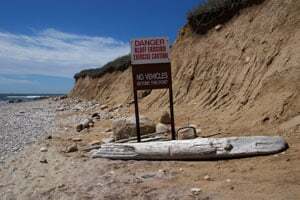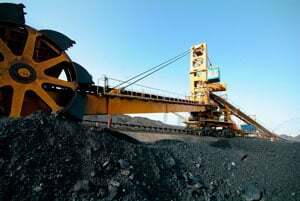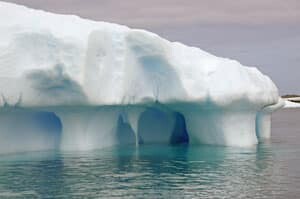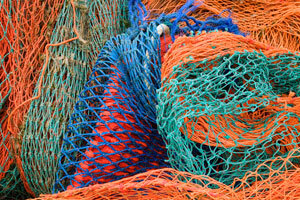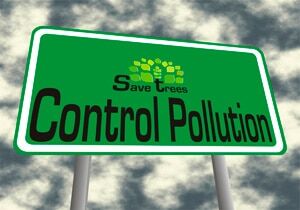 The weather and climate of a place depends on various factors. In the past geographical factors mainly influenced the climate of a place. However, in recent decades, man-made factors have had more of an effect on the climate of a place. The situation is now so untenable that in future, it will be difficult to predict climate as it has become so unstable due to extreme human interference in nature. Observations have proved that the climate of Australia has undergone significant changes currently.
The weather and climate of a place depends on various factors. In the past geographical factors mainly influenced the climate of a place. However, in recent decades, man-made factors have had more of an effect on the climate of a place. The situation is now so untenable that in future, it will be difficult to predict climate as it has become so unstable due to extreme human interference in nature. Observations have proved that the climate of Australia has undergone significant changes currently.
The studies predict that the future climate of Australia will experience the following changes
- Significant increase in atmospheric temperature
- Reduced rainfall in certain areas of the country which are receiving moderate rainfall at present
- North-West Australia is going to experience high rainfall in summer, which is unusual.
The impact of change
The impact of change in climate will be different for different areas of the country. Some parts may experience the change as increase in average temperature and drought. Some may experience it as an increase in precipitation and floods. Some parts will experience desertification and increase in fire dangers. The Australian continent is particularly vulnerable to climatic changes because it is already one of the direst continents on the planet. Because of the coastal ribbon development that hugs the perimeter of the landline, any damage to the coastal area will severely affect the economy, populations, habitation of humans and animals and the success and wellbeing of the entire nation
Methods to control climatic changes
The Government of Australia- while aware of the situation -is trying to come up with a practical solution to deal with the issue. They have created Clean Energy Future plan to reduce pollution and to promote the use of renewable energy. Through this plan, government is trying to reduce the pollution caused by carbon emission from the factories and households.
Using clean energy
The Australian Government particularly promotes the use of clean energy. The Government is investing in doing research and developing new clean energy technologies. This method is expected to reduce the carbon level in the atmosphere at least five per cent by the year 2020 compared to the level of carbon in the year 2000.
Supporting the pollution control actions
Government is encouraging the pollution control actions taken by businesses and factories. This is a method to reduce pollution and to create efficiency in production. The federal government under Prime Minister Gillard has formed a trust to fund innovative clean energy ideas and to provide technical help in establishing clean energy businesses. Training is provided to the youth for working in these clean energy industries. This will help the workers to get qualified in green skills.
Reducing the pollution from households
The Australian Government is especially keen on reducing the carbon pollution produced by households. The Government implemented the Renewable Energy Bonus Scheme to install solar hot water system and heat pump systems in households. They are also promoting the use of energy efficient cooking appliances and the construction of environment friendly green homes and buildings.
Fast action is needed in order to preserve the environment and the natural climate of Australia. In fact, a complete global action is necessary to bring about any significant changes in the levels of carbon pollution and global warming that are causing global climatic changes.
Envirosafe Solutions supports a proactive government and bipartisan approach to climate change. The Extreme Green range of products is a safer and cleaner alternative. Telephone 1300 889070
Sources:













